Captain Hawk (Tsubasa): Hero Backyards and CRT Screens
Football and Anime on the Playground
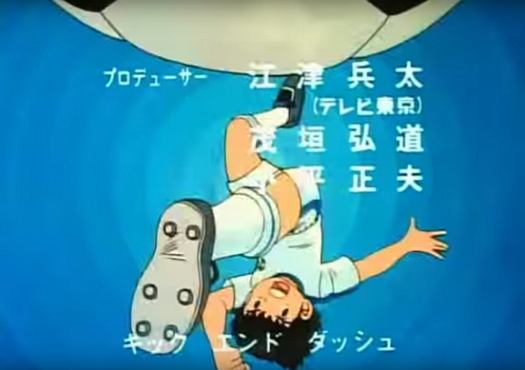
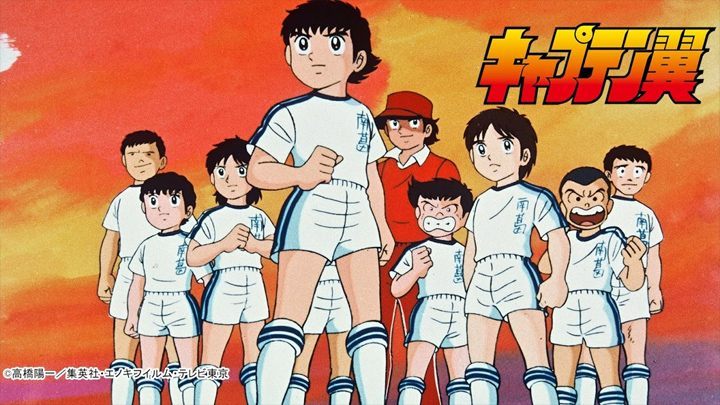
In any case, half of our generation, with due regularity, followed every episode of this "Chinese cartoon". For some, it became a gateway to the world of anime, igniting the imagination and leading through various genres and series. For others, it was the spark that ignited a lasting love for football. Captain Tsubasa left a lasting mark in our hearts and minds.
Mess in the Title
The original name of this anime is "キャプテン翼" (Captain Tsubasa). The word "Tsubasa" in Japanese means "wings." It is a symbolic word often used in Japanese culture and literature as a metaphor for freedom, dreams, and aspirations. In the context of the anime "Captain Tsubasa," this name can symbolize the main character, Tsubasa Oozora's, ability to achieve his goals and dreams, as if he had wings that allow him to fly over obstacles. It is also a reference to his talent and ambition in football, where "wings" can symbolize his speed, agility, and ability to "fly" on the field.
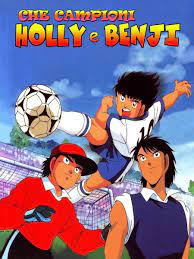
In Poland in the 90s, there was not yet such strong awareness of Japanese culture and manga (it can be risked to say that it was close to zero), so translators and distributors often adapted the titles of foreign productions to resonate better with local viewers. The choice of the name "Captain Tsubasa" may have been dictated by the desire to give the title a more dynamic and sporty character, matching the content of the series, which focuses on football and rivalry. The hawk as a predatory bird, symbolizing speed, strength, and agility, well reflects the spirit of sports rivalry and the character of the main hero, who is a talented and determined football player.
"Captain Tsubasa": The Genesis in Japan
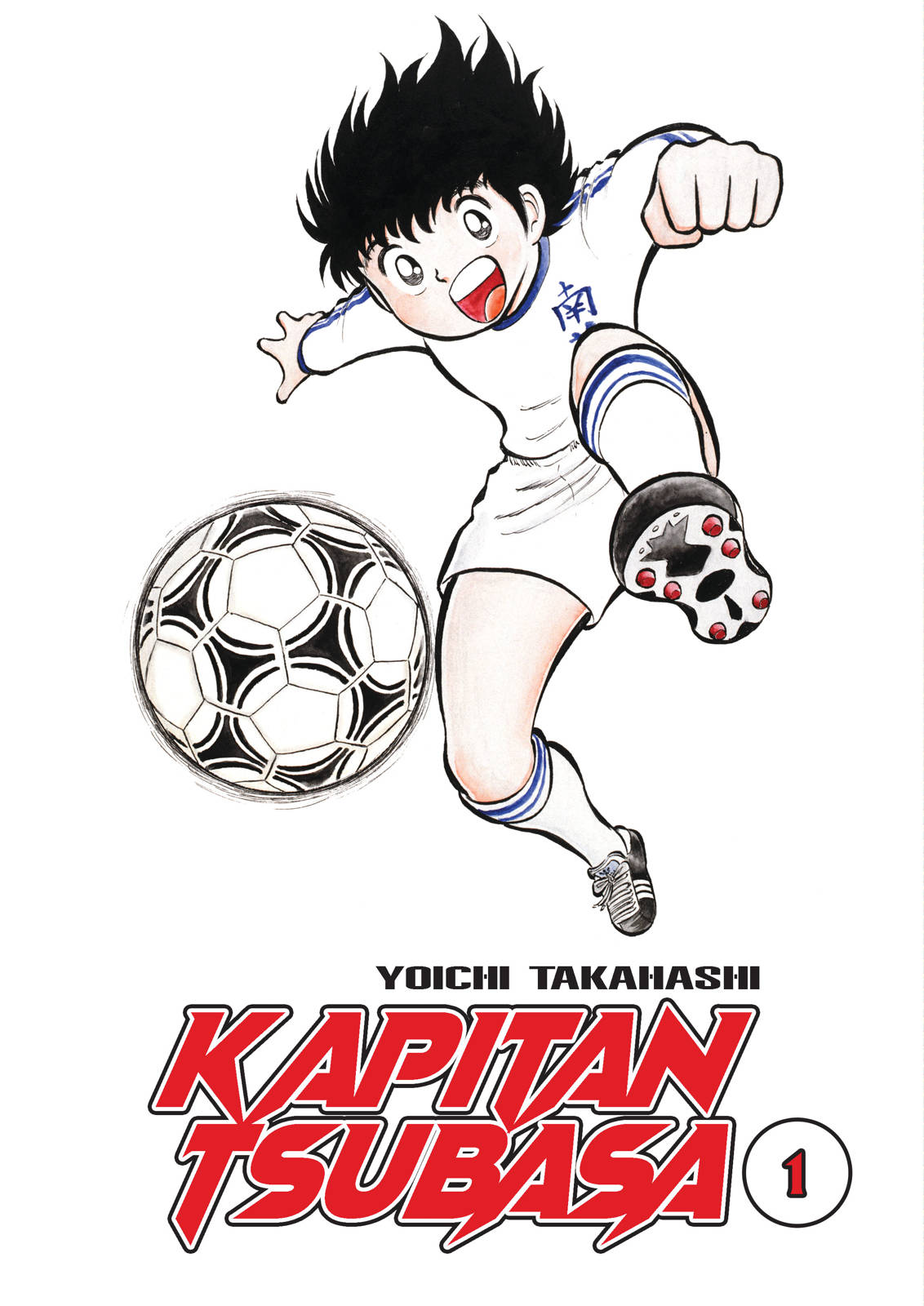
The manga's success swiftly transitioned into an anime series, which premiered in 1983, produced by Tsuchida Production. "Captain Tsubasa" rapidly became a cultural phenomenon in Japan, inspiring generations of young soccer fans. Its influence on pop culture and sports was unexpected, as Takahashi himself admitted, "I never imagined my work would have such a global impact." The anime's popularity led to numerous sequels, movies, and video games, cementing "Captain Tsubasa" as a significant work in anime history.
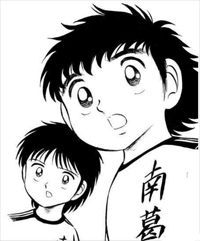
Plot and Main Characters
 Tsubasa Oozora – The Leading Striker
Tsubasa Oozora – The Leading Striker
The central character of "Captain Tsubasa" is a young, talented footballer – Tsubasa Oozora. His passion for soccer is incredible, and his determination to achieve goals is admirable. From early childhood, Tsubasa dreams of winning the FIFA World Cup. His signature move, the "Drive Shoot," first used in the initial episodes, is a powerful strike. His leadership, optimism, and sporting rivalry, especially with Kojiro Hyuga, his main rival and friend, are characteristic.
 Kojiro Hyuga – Rival and Ally
Kojiro Hyuga – Rival and Ally
Known for his aggressive playing style and the powerful "Tiger Shot," Kojiro Hyuga is Tsubasa's contrast. His determination and desire to win are equally impressive, but his character is more rugged, making him a natural rival for Tsubasa. In later episodes, Hyuga undergoes significant evolution, becoming vital to Japan's national team.
 Genzo Wakabayashi – The Unyielding Goalkeeper
Genzo Wakabayashi – The Unyielding Goalkeeper
Genzo Wakabayashi, Tsubasa's first serious rival, is an exceptional goalkeeper. His goalkeeping skills are legendary from Tsubasa's early school matches. Their first meeting, full of rivalry and mutual respect, becomes a key moment in the series. Over time, Wakabayashi becomes an ally to Tsubasa, and their collaboration is crucial for the team's success.
 lot and Main Themes
lot and Main Themes
The series chronicles Tsubasa's journey from childhood through high school and into his professional career. Early episodes show young Tsubasa arriving in Nankatsu city, where his talent is quickly recognized. The series focuses on his development, challenges, and rivalries, both in school playgrounds and international tournaments. A memorable moment is the final match between Nankatsu and Toho, where Tsubasa and Hyuga face off in a dramatic showdown.
 Climax
Climax
One of the most thrilling moments is the Junior World Championship, where Tsubasa and his team represent Japan. The series portrays not only a passion for soccer but also important life lessons like teamwork, sacrifice, and perseverance in the face of obstacles. "Captain Tsubasa" is more than a soccer series; it's a tale of dreams, friendship, and the pursuit of excellence.
"Captain Tsubasa" – Animation Technique
 Animation Style
Animation Style
"Captain Tsubasa" was characterized by an animation style typical of Japanese productions from the 80s and 90s. There was a clear contrast between static backgrounds and dynamically drawn characters, focusing the viewer's attention on the main characters' actions. The series was also known for its long, drawn-out soccer match sequences, where individual actions like goal shots or dribbling were extended in time to build dramatic tension. This technique, known as "time dilation" in animation, allowed for a detailed portrayal of the characters' thoughts and emotions during key game moments. Match scenes were often embellished with special effects like lightning or an aura around the ball, giving them an almost supernatural dimension.
 Distinctive Features and Animation Techniques
Distinctive Features and Animation Techniques
Another distinctive element of the series was the expressiveness of the characters. Their facial expressions and gestures were greatly exaggerated, allowing a wider range of emotions to be conveyed, from joy to despair. Facial animation, especially in moments of high tension, was very expressive. The characters' movements during soccer games were also exaggerated, emphasizing their extraordinary skills and strength. For instance, Tsubasa's shots were often depicted with multiple repeats of the same shot from different perspectives to emphasize their power and precision. The series also had a specific way of depicting movement - characters often moved with exaggerated speed and agility, highlighting their athletic abilities.
 Technique and Innovations
Technique and Innovations
Captain Tsubasa" also utilized other animation techniques that were innovative at the time. For example, the use of "freeze frame," which halted the action at a crucial frame, added to the building of tension. The animation was also enhanced with details like lighting effects and changing camera angles, adding depth and dynamism to the scenes. The series often used camera panning, where the camera followed the movement of the ball or characters, creating a sense of continuous action. These techniques, while standard today, were considered groundbreaking at the time and significantly influenced the development of animation techniques in subsequent Japanese productions.
 Continuations and Adaptations of "Captain Tsubasa"
Continuations and Adaptations of "Captain Tsubasa"
Subsequent Anime Series "Captain Tsubasa" achieved great success, leading to several continuations and adaptations. After the original series in the 80s, "Captain Tsubasa J" came in 1994, presenting Tsubasa's further adventures in Japan and abroad. Then, "Captain Tsubasa: Road to 2002" in 2001 continued the story, focusing on Tsubasa's career in Brazil and Europe. In 2018, a new anime adaptation was released in response to growing interest from new generations of fans, offering a modern reinterpretation of the original story with updated graphics and animation.
Video Games
In the realm of video games, "Captain Tsubasa" also made its mark, with a series of games spanning various platforms and genres:
 - Captain Tsubasa (1988, NES/Famicom) - Released by Tecmo, this game was one of the first in the series, combining sports gameplay with RPG elements. Players controlled Tsubasa's team, aiming to win the championship.
- Captain Tsubasa (1988, NES/Famicom) - Released by Tecmo, this game was one of the first in the series, combining sports gameplay with RPG elements. Players controlled Tsubasa's team, aiming to win the championship.
 - Captain Tsubasa Vol. II: Super Striker (1990, NES/Famicom) - A continuation of the first game, introducing improvements in graphics and gameplay. This game was more elaborate and offered a more advanced storyline.
- Captain Tsubasa Vol. II: Super Striker (1990, NES/Famicom) - A continuation of the first game, introducing improvements in graphics and gameplay. This game was more elaborate and offered a more advanced storyline.
 - Captain Tsubasa 3, 4, 5 (1992-1994, Super Famicom) - This series on Super Famicom continued the trend of mixing RPG with sports action, introducing new characters and moves.
- Captain Tsubasa 3, 4, 5 (1992-1994, Super Famicom) - This series on Super Famicom continued the trend of mixing RPG with sports action, introducing new characters and moves.
 - Captain Tsubasa J: Get in the Tomorrow (1995, PlayStation) - A game that took advantage of the technical capabilities of the PlayStation, offering smoother animation and richer graphics.
- Captain Tsubasa J: Get in the Tomorrow (1995, PlayStation) - A game that took advantage of the technical capabilities of the PlayStation, offering smoother animation and richer graphics.
 - Captain Tsubasa: Rise of New Champions (2020, PS4, Nintendo Switch, PC) - The latest game in the series, released by Bandai Namco Entertainment, combines fast action with RPG elements. The game was acclaimed for its dynamic gameplay and fidelity to the spirit of the original series.
- Captain Tsubasa: Rise of New Champions (2020, PS4, Nintendo Switch, PC) - The latest game in the series, released by Bandai Namco Entertainment, combines fast action with RPG elements. The game was acclaimed for its dynamic gameplay and fidelity to the spirit of the original series.
Other Adaptations
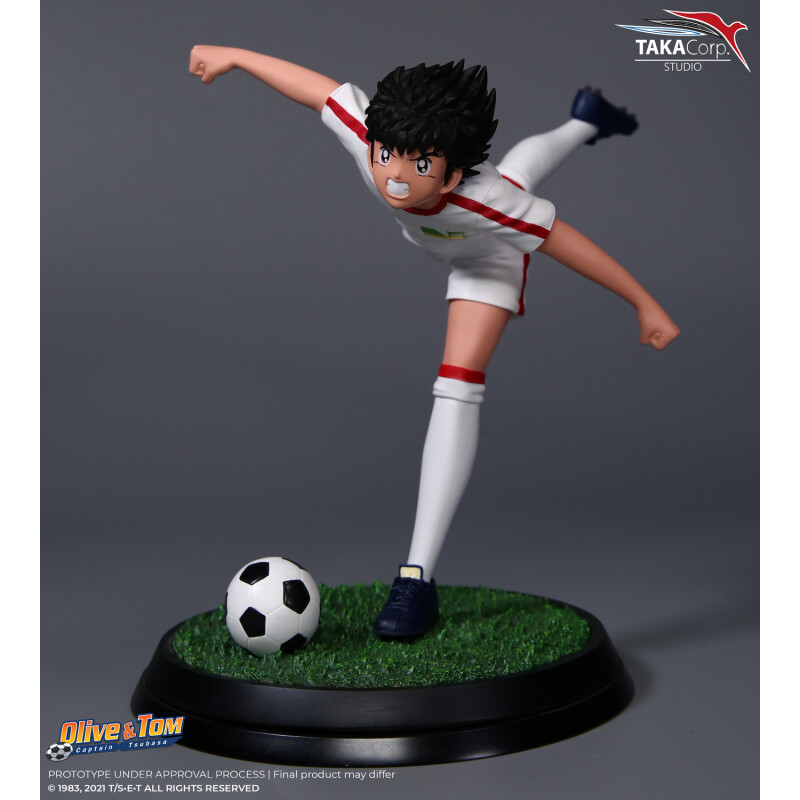
Influence of "Captain Tsubasa" on Real-Life Football Players
"Captain Tsubasa" has inspired many real-life football players to take up the sport. Hidetoshi Nakata, a former Japanese footballer, was known for carrying a copy of "Captain Tsubasa" with him. His transfer to Serie A was groundbreaking and contributed to the increased popularity of football in Japan and Southeast Asia.
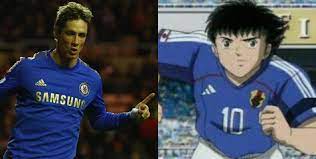
The impact of "Captain Tsubasa" on football is significant, both in Japan and around the world. The series has become not just a part of Japanese pop culture but also inspired a generation of footballers worldwide to play football and pursue their sporting dreams.
The Main Character is Self-Improvement
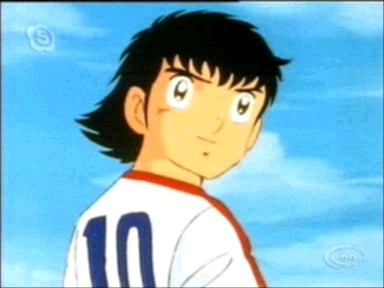
Interestingly, we often reminisce most about those books, cartoons, anime, or films that emphasize passion and perseverance in self-improvement. In this regard, anime like "Captain Tsubasa," "Dragon Ball," or "Naruto" belong to the same genre. In the sentence, "As a child, watching the adventures of … and his unwavering determination in pursuing his goal, I learned that dreams and hard work can lead to achieving the impossible," you could insert either "Goku," "Tsubasa," or "Uzumaki." Perhaps that's why we consider these shows as the most influential in shaping a person's life.
"I can’t loose because it’s my dream.
Football is my dream.”
- Tsubasa Oozora
See also similar articles:
Polonia 1 and Japanese Anime: How Poland Discovered Anime in the 90s
Do you remember? - A list of all anime from Polonia 1 from the '90s.
Dash Kappei or Gigi La Trottola? - A Postcard from the Past or a Misplaced Love Letter?
Yattaman Series vs Logical Thinking: When Old Is... Simply Strange
"Strong Japanese Women"
see book by the author
of the page
未開 ソビエライ
An enthusiast of Asian culture with a deep appreciation for the diverse philosophies of the world. By education, a psychologist and philologist specializing in Korean studies. At heart, a programmer (primarily for Android) and a passionate technology enthusiast, as well as a practitioner of Zen and mono no aware. In moments of tranquility, adheres to a disciplined lifestyle, firmly believing that perseverance, continuous personal growth, and dedication to one's passions are the wisest paths in life. Author of the book "Strong Women of Japan" (>>see more)
Personal motto:
"The most powerful force in the universe is compound interest." - Albert Einstein (probably)
Mike Soray
(aka Michał Sobieraj)
未開 ソビエライ
An enthusiast of Asian culture with a deep appreciation for the diverse philosophies of the world. By education, a psychologist and philologist specializing in Korean studies. At heart, a programmer (primarily for Android) and a passionate technology enthusiast, as well as a practitioner of Zen and mono no aware. In moments of tranquility, adheres to a disciplined lifestyle, firmly believing that perseverance, continuous personal growth, and dedication to one's passions are the wisest paths in life. Author of the book "Strong Women of Japan" (>>see more)
Personal motto:
"The most powerful force in the universe is compound interest." - Albert Einstein (probably)
Mike Soray
(aka Michał Sobieraj)
Write us...
Ciechanów, Polska
dr.imyon@gmail.com
___________________
inari.smart
Would you like to share your thoughts or feedback about our website or app? Leave us a message, and we’ll get back to you quickly. We value your perspective!
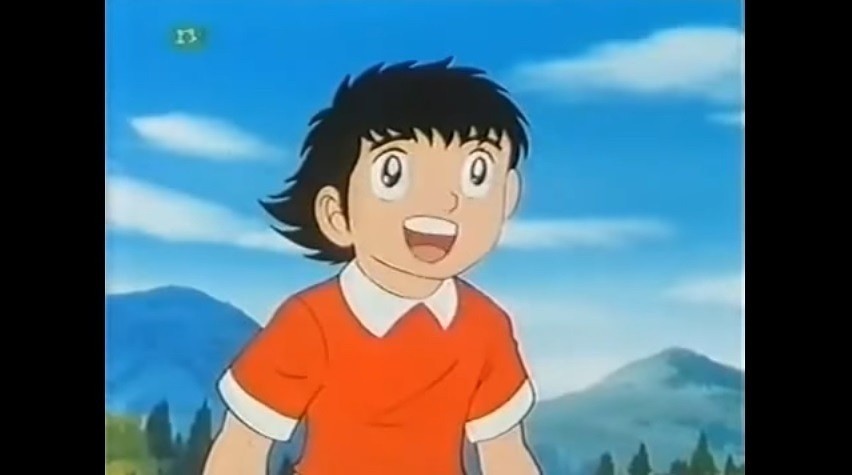 Tsubasa Oozora – The Leading Striker
Tsubasa Oozora – The Leading Striker 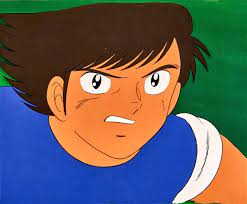 Kojiro Hyuga – Rival and Ally
Kojiro Hyuga – Rival and Ally 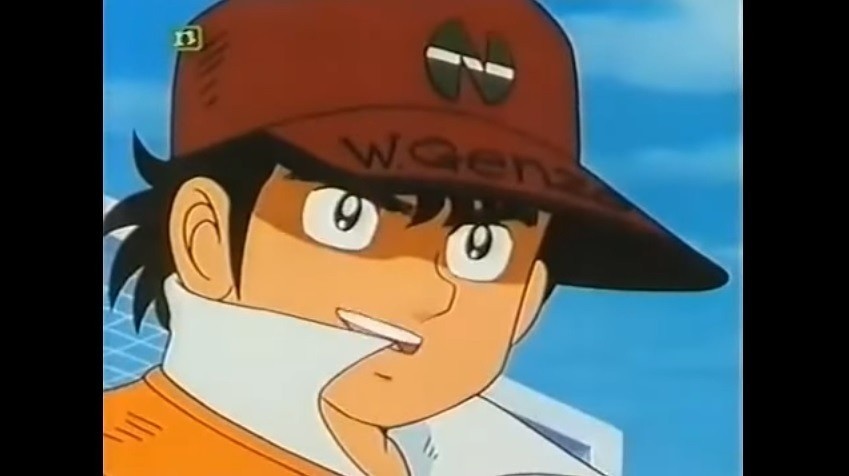 Genzo Wakabayashi – The Unyielding Goalkeeper
Genzo Wakabayashi – The Unyielding Goalkeeper 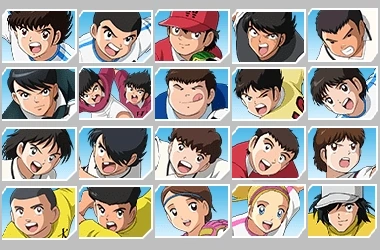 lot and Main Themes
lot and Main Themes 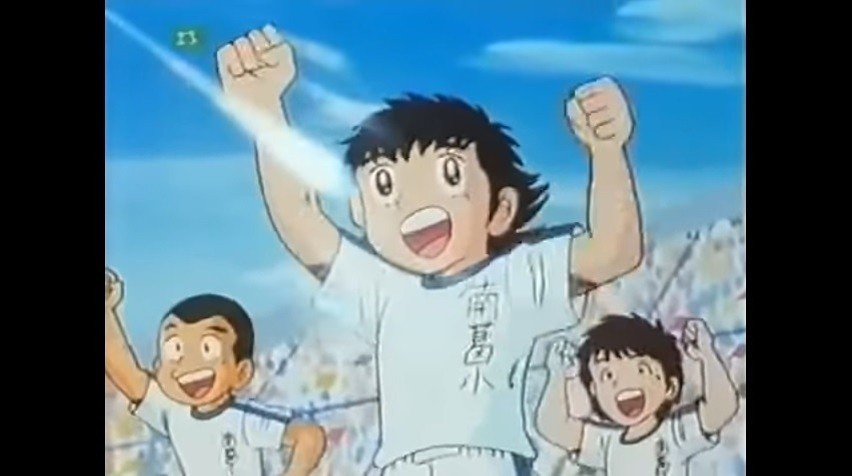 Climax
Climax 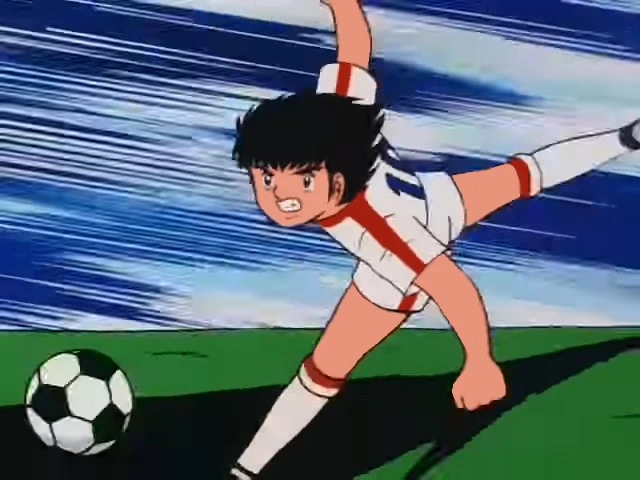 Animation Style
Animation Style 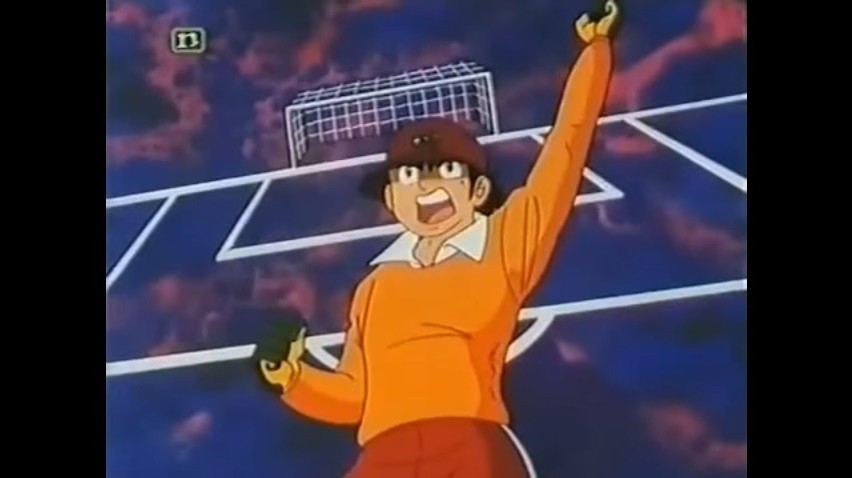 Distinctive Features and Animation Techniques
Distinctive Features and Animation Techniques 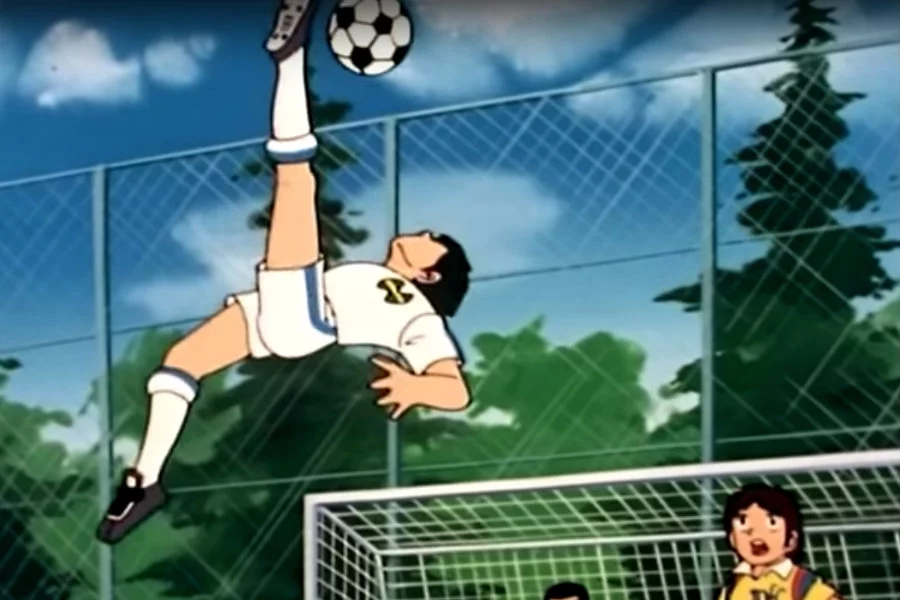 Technique and Innovations
Technique and Innovations  Continuations and Adaptations of "Captain Tsubasa"
Continuations and Adaptations of "Captain Tsubasa" 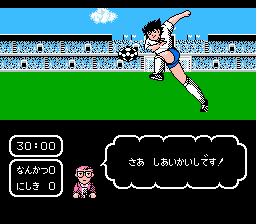 - Captain Tsubasa (1988, NES/Famicom) - Released by Tecmo, this game was one of the first in the series, combining sports gameplay with RPG elements. Players controlled Tsubasa's team, aiming to win the championship.
- Captain Tsubasa (1988, NES/Famicom) - Released by Tecmo, this game was one of the first in the series, combining sports gameplay with RPG elements. Players controlled Tsubasa's team, aiming to win the championship.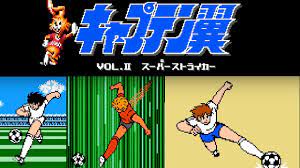 - Captain Tsubasa Vol. II: Super Striker (1990, NES/Famicom) - A continuation of the first game, introducing improvements in graphics and gameplay. This game was more elaborate and offered a more advanced storyline.
- Captain Tsubasa Vol. II: Super Striker (1990, NES/Famicom) - A continuation of the first game, introducing improvements in graphics and gameplay. This game was more elaborate and offered a more advanced storyline.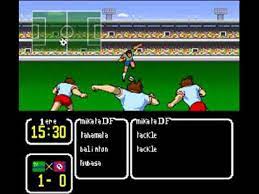 - Captain Tsubasa 3, 4, 5 (1992-1994, Super Famicom) - This series on Super Famicom continued the trend of mixing RPG with sports action, introducing new characters and moves.
- Captain Tsubasa 3, 4, 5 (1992-1994, Super Famicom) - This series on Super Famicom continued the trend of mixing RPG with sports action, introducing new characters and moves.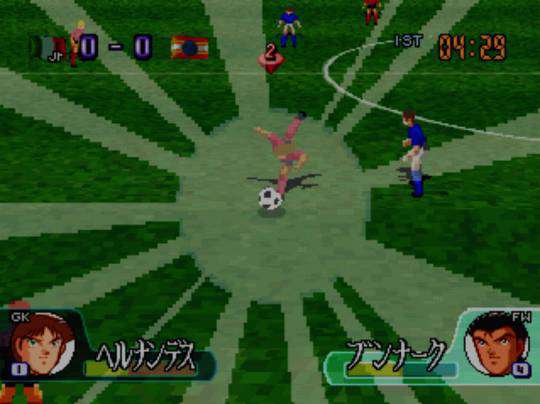 - Captain Tsubasa J: Get in the Tomorrow (1995, PlayStation) - A game that took advantage of the technical capabilities of the PlayStation, offering smoother animation and richer graphics.
- Captain Tsubasa J: Get in the Tomorrow (1995, PlayStation) - A game that took advantage of the technical capabilities of the PlayStation, offering smoother animation and richer graphics.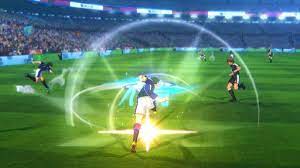 - Captain Tsubasa: Rise of New Champions (2020, PS4, Nintendo Switch, PC) - The latest game in the series, released by Bandai Namco Entertainment, combines fast action with RPG elements. The game was acclaimed for its dynamic gameplay and fidelity to the spirit of the original series.
- Captain Tsubasa: Rise of New Champions (2020, PS4, Nintendo Switch, PC) - The latest game in the series, released by Bandai Namco Entertainment, combines fast action with RPG elements. The game was acclaimed for its dynamic gameplay and fidelity to the spirit of the original series.

